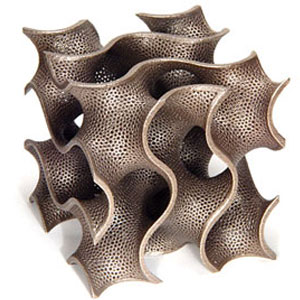Research
Main Content
Our faculty members carry on active research programs in abstract algebra, number theory, combinatorics, integral equations, numerical analysis, optimal control theory, ordinary and partial differential equations, probability, statistics, topology, and other fields. Our researchers keep in touch with other professors in their specialties all over the world.
Through this resource, you will be able to view and access the various publications they have produced over the years.
Math Resources:
http://lagrange.math.siu.edu/Kocik/1MathDept/!books/mathbooks.html
Research Interests
Main (broadly understood) research groups:
- Algebra and number theory (Dubravka Ban, Kwangho Choiy, Andrew Earnest, Don Redmond)
- Combinatorics and graph theory (John McSorley)
- Geometry and topology (Jerzy Kocik, Mike Sullivan)
- Logic and complexity (Wesley Calvert)
- Probability theory and stochastic systems (Randy Hughes, Henri Schurz)
- Statistics and Data Science (David Olive, S. Yaser Samadi)
- Algebra Group Theory and Combinatorics ( Lindsey-Kay Lauderdale)
- Numerical Analysis (Jianhong Xu, Mingqing Xiao, Henri Schurz)
- Differential Equations and Mathematical Biology (Dashun Xu, Henri Schurz)
- Partial Differential Equations (Mathew Gluck, Mingqing Xiao)
Gyroid
 Alan Schoen discovered a minimal surface that he named the gyroid. The gyroid is becoming increasingly popular as more and more new occurrences of it in nature are being discovered (google it up!). It has been discussed at Cornell University and John Baez's site at Univ. of California-Riverside and on wired.com's wired science blog. You may purchase a sculpture of it from Bathsheba. Currently Alan is developing an amazing site Geometry Garret. We hope that some day a big gyroidal sculpture will embellish our backyard.
Alan Schoen discovered a minimal surface that he named the gyroid. The gyroid is becoming increasingly popular as more and more new occurrences of it in nature are being discovered (google it up!). It has been discussed at Cornell University and John Baez's site at Univ. of California-Riverside and on wired.com's wired science blog. You may purchase a sculpture of it from Bathsheba. Currently Alan is developing an amazing site Geometry Garret. We hope that some day a big gyroidal sculpture will embellish our backyard.
Undergraduate Research
In SIU School of Mathematics and Statistical Sciences, we encourage undergraduate students to participate in mathematical research and supervised readings of special topics under guidance of our faculty. Annually, we organize a research conference in undergraduate mathematics research jointly with the Southeast Missouri State University.
Below are names of students and their projects in recent past.
Title: Use reinforcement learning to optimize a game agent to compute with scripted agents and novice human players
Title: A Solution to Pell's Equation
Title: Improving Numerical Integration Estimates with Inverse Functions
Title: Natural Computation in Gene Regulatory Networks
Title: Sports Data Analysis Project
Title: Research in Visualization in Mathematics
Please contact Dr. Wesley Calvert, Undergraduate Program Director, for more information.



